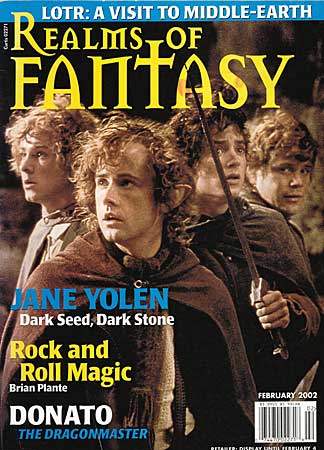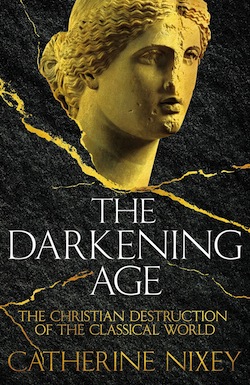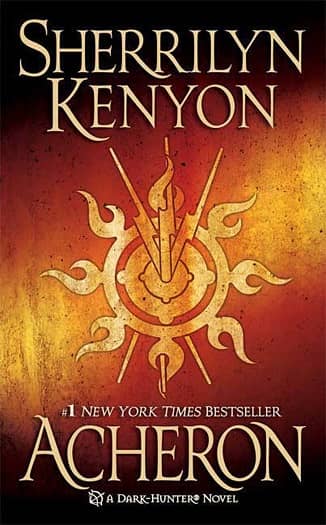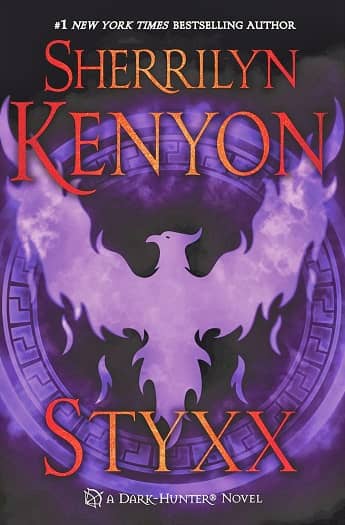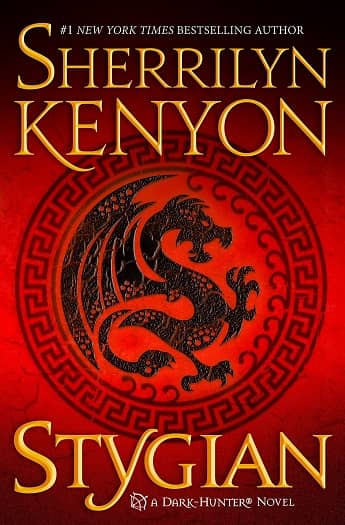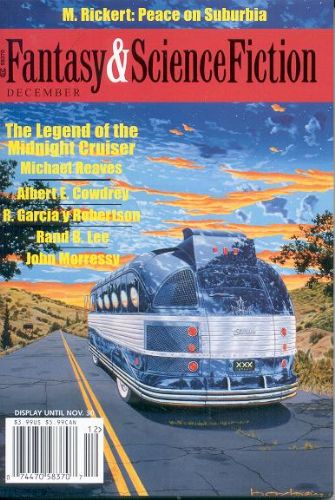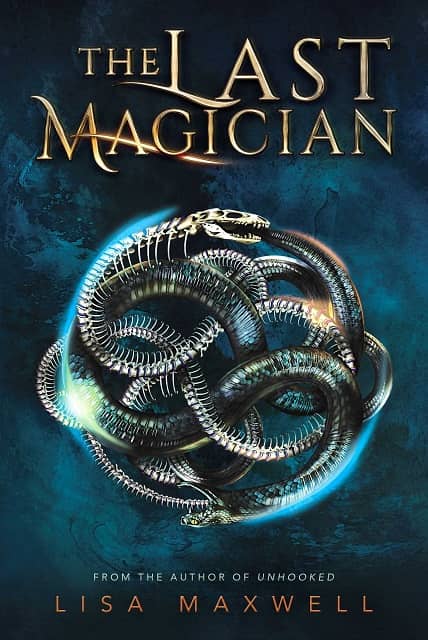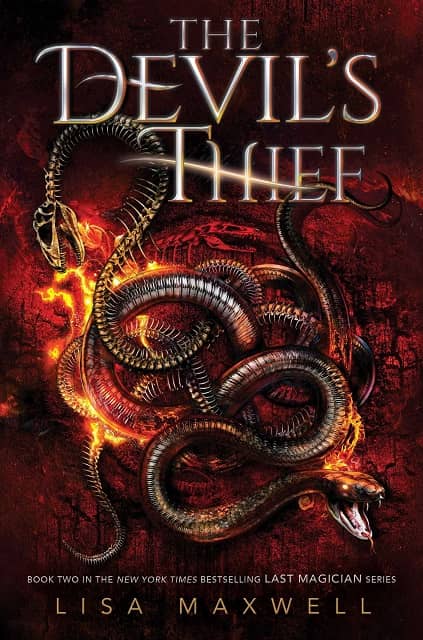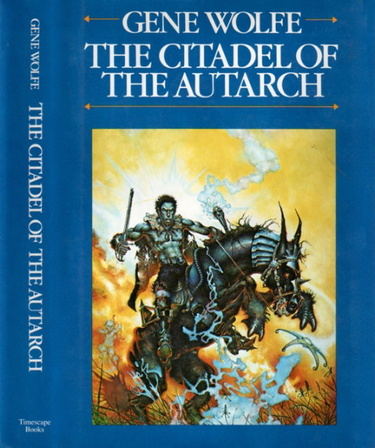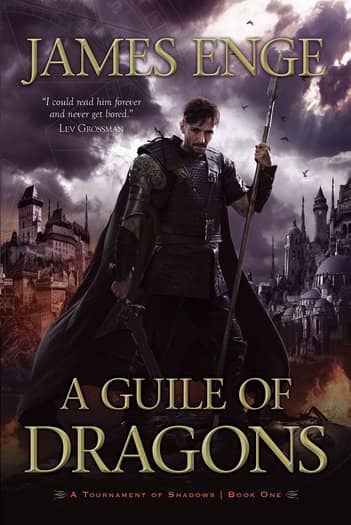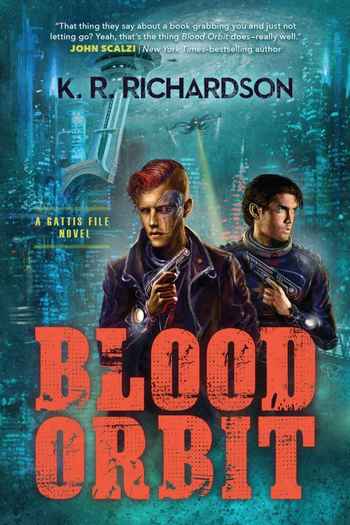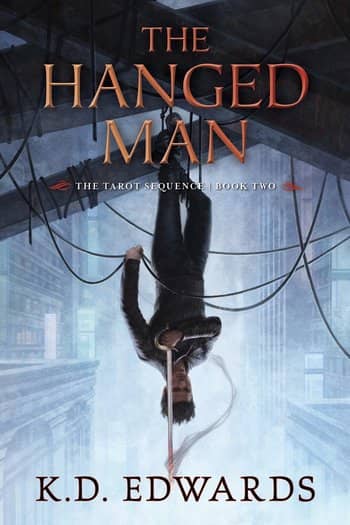The Real Tartan Tat Army! A review of Better is the Proud Plaid by Jenn Scott

What if I told you that the Highland army at Culloden in 1746 wasn’t really a “Highland” Army?
What if I also told you that apart from a few front-ranking testosterone-poisoned sword and targe men, it fought like any other 18th century European army and that at least half the men looked like regular soldiers draped in tartan tat — sashes, tartan trews, a better quality version of the kind of stuff tourists still pick up in Edinburgh’s gift shops — to show which side they were on?
Yes, I’ve been reading Jenn Scott’s new Better is the Proud Plaid: The Clothing, Weapons and Accoutrements of the Jacobites in the ’45. (UK, US)
It’s so far out of my normal period that I’m in danger of doing that thing where I age before your eyes and turn into a puddle of steaming goop.
However, every Scot grows up with the tale of Bonny Prince Charley, the ’45 Rebellion, and the tragic Battle of Culloden. Me being an Anglo-Scot, my ancestors, if involved, wore red coats and cursed in Nottinghamshire accents while they fought for Good King George. No wonder, then, that I’ve always been suspicious of the noble-savage-fighting-for-Scottish-freedom-while-swiving-time-travelling-American-nurses narrative that has wrapped itself around the rebellion. This book promised to debunk some of that — which it does, but in doing so replaces it with something perhaps more impressive.
And, also, I was expecting to be impressed. I’ve been hearing about Jenn’s research for years.
